Source apportionment and transport of pollutants within the South African paper recycling chain
DOI:
https://doi.org/10.17159/sajs.2025/17228Keywords:
paper recycling, accelerated solvent extraction, gas chromatography, pollutants, emerging contaminantsAbstract
Recycled paper is a valuable commodity that forms an intrinsic part of promoting sustainable resource utilisation. In this study, we aimed to investigate the possible sources and transport of semi-volatile organic pollutants in paper grades used in the recycled paperboard value chain. Accelerated solvent extraction followed by gas chromatography-mass spectrometry were employed for the analyses. The results show that diethylhexyl phthalate and dibutyl phthalate were the most prominent pollutants, whilst tris (2,4-di-tert-butylphenyl) phosphite and butylated hydroxytoluene were the least significant pollutants. Tris (2,4-di-tert-butylphenyl) phosphate was predominantly detected at the recycling sites, with a maximum concentration of 3.054 mg/kg, whereas N-butylbenzene sulfonamide was found in retail and post-consumer samples but not at pre-consumer sites. Manufacturing additives and retail activities were identified as possible exposure sources. Post-consumer usage, collection, sorting and mingling of various waste materials were also identified as factors that influence the prevalence of pollutants. The presence of pollutants in pre-consumer samples indicates that certain compounds may potentially accumulate or circulate within the paper recycling chain and that other pollutants may be removed during the reprocessing of recycled fibre.
Significance:
To the best of our knowledge, this study is the first performed in South Africa on the identification of chemical constituents of different recycling paper grades, that considers the unique South African paper recycling chain. The pollutants identified indicate that the South African paper recycling chain has pollutants in common with those reported in Global North studies as well as unique pollutants. These included butylated hydroxytoluene, N-butylbenzene sulfonamide, tris (2,4-di-tert-butylphenyl) phosphite and its degradation product tris (2,4-di-tert-butylphenyl) phosphate.
Downloads
Published
Issue
Section
License

All articles are published under a Creative Commons Attribution 4.0 International Licence
Copyright is retained by the authors. Readers are welcome to reproduce, share and adapt the content without permission provided the source is attributed.
Disclaimer: The publisher and editors accept no responsibility for statements made by the authors
How to Cite
- Abstract 195
- PDF 284
- EPUB 152
- XML 66
- Supplementary material 131

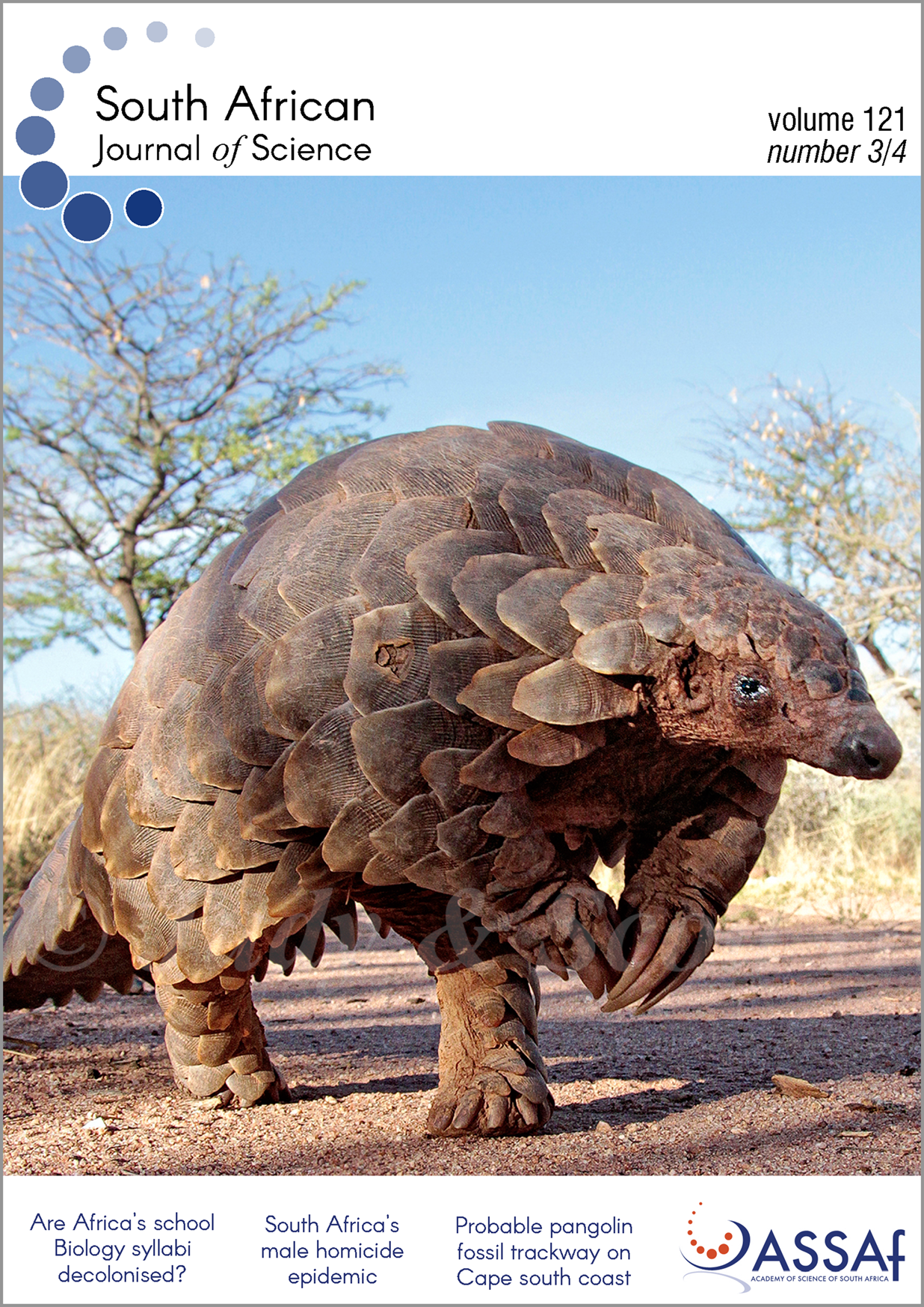




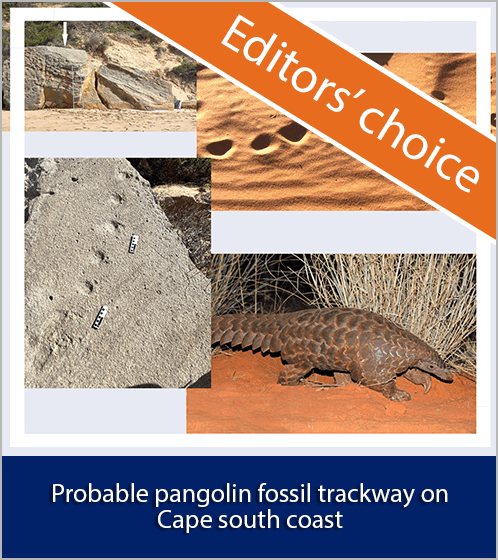
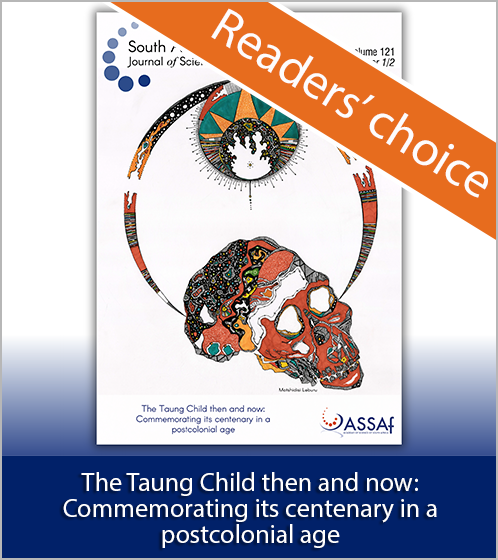

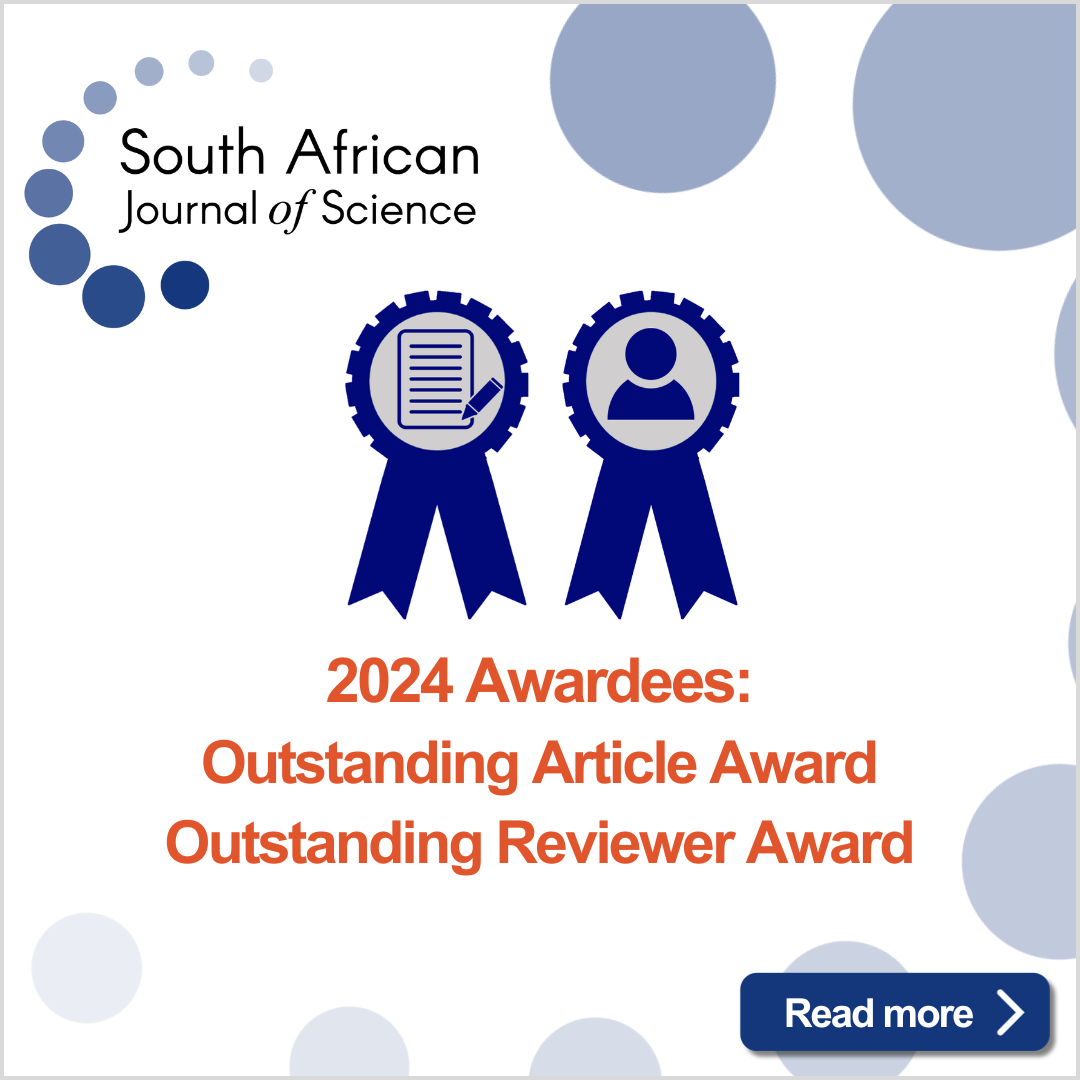

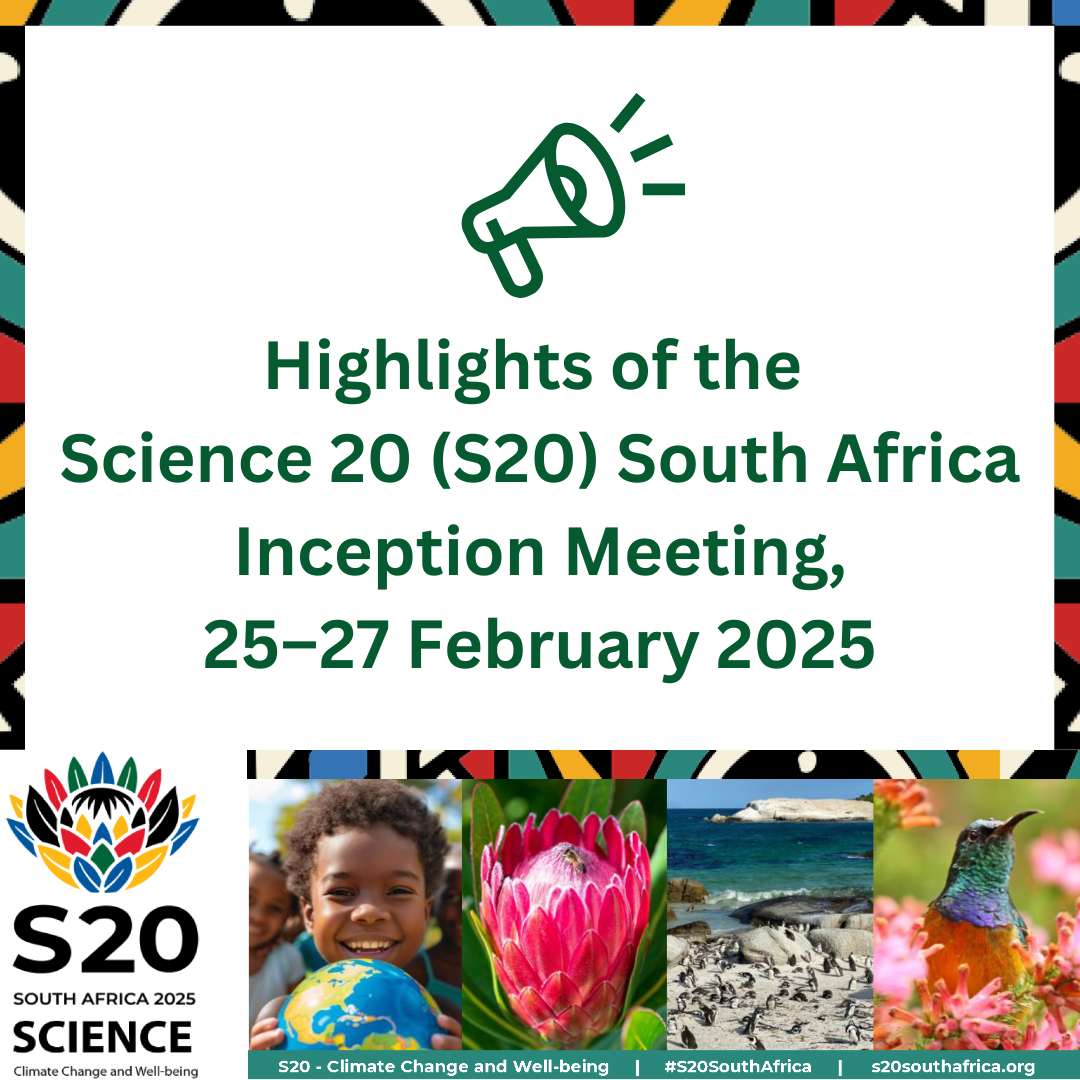
.png)